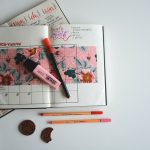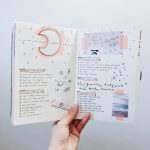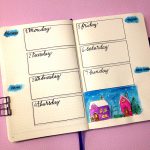If you’ve ever had an interest in journaling, the new year is the perfect time to start. Journaling has been proven to provide a plethora of mental and physical health benefits, and it’s not too late to jump on the bandwagon! Whether you’re planning to commit to a daily journal or just want to keep a journal here and there, these tips will help you start a new habit in no time.
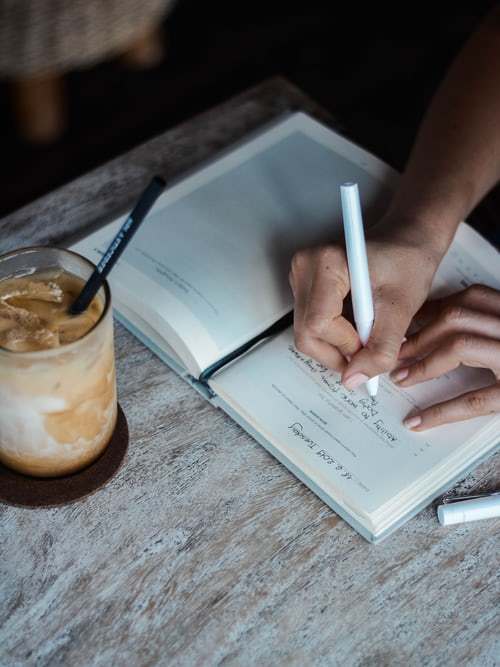
Most people know that journaling is a great tool for combating stress and anxiety, providing a clarifying outlet, and improving your relationship with yourself. If you do this daily, it can dramatically improve your mood and become an unrestricted chronicle of your emotions and vulnerability that you can use to track your growth.
It may come as a surprise, but journaling can also improve your physical health, from boosting your immune system to sharpening your memory to healing injuries faster. But that’s not why it’s hard for people to start; that’s the how. Starting a journal can be a daunting task, but that shouldn’t stop you from practicing. So how do you start?
Free yourself from judgment
First thing is first: clear your mind of all doubt. It can be hard to be shamelessly yourself, even on paper. Academic writing has taught most of us to stay neutral; don’t introduce any emotion that might obscure the meaning of the subject or the text. But this is not academic writing. It doesn’t even have to be good remote writing. The great thing about journaling is that it’s entirely up to you.

Write complete sentences if you want. Partial sentences. Fragments. Anything that helps you express yourself best. Let go of any voice in your head telling you that what you’re writing needs polishing or doesn’t deserve permanent ink. The purpose of journaling is to find yourself and your creativity. So reject this critic and absolved of all judgment.
Determine the type of journal you want to do
Next, you should start figuring out which type of journal interests you the most. It may take some trial and error, but if you have an idea in mind, it’s much easier to get started. If you’re someone who doesn’t like the idea of bringing your soul to the page, you might want to consider a bullet journal or even a burn-in book. A bullet journal is like a creative planner: you can create lists, mood trackers, goals, calendars, and really anything else to keep your life organized. Bullet journals, where the keyword is “bullet”, are great because they’re easy to follow even if you don’t have a lot of time.
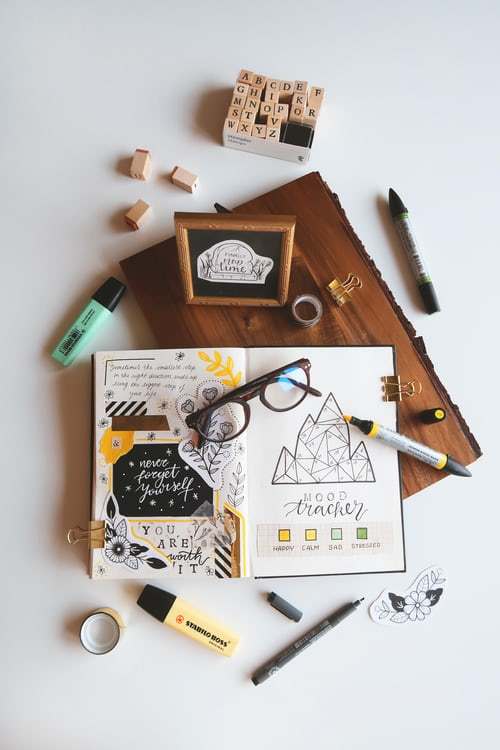
The engraved books are a bit different. The purpose of a burn book is to keep a diary with the intention of getting rid of it when it’s full. So there is no pressure. You can write down your deepest, most secret and vulnerable thoughts without worrying about prying eyes. This type of journal is super effective because it allows you to be yourself when no one is watching, and it could help you find out more about who you are as a person. You can even consider “burning” it when you’re done.
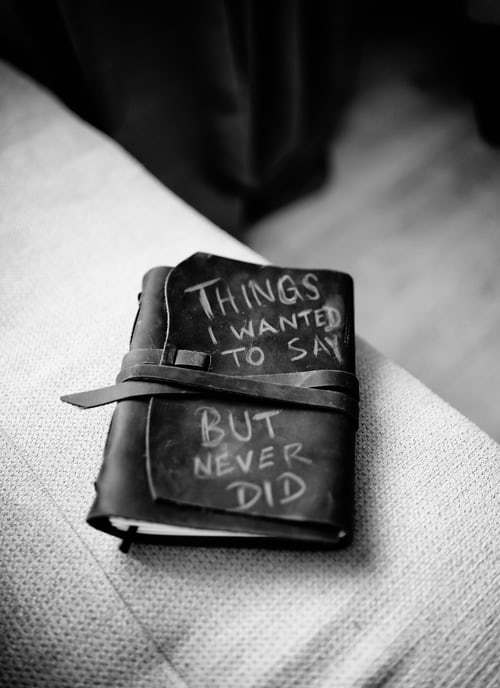
Daily journals, also known as planners, are for people with more free time, but anyone can have one. Set aside time each day to write down the events of your day, your feelings, your thoughts, or anything else that you feel is important. You could even talk about the weather. Daily journals don’t have to be deep and life changing. They can be quick records of your days and go as deep as you want. I like to keep a daily journal because it’s fun to reread past entries and relive memories of those days.
Gratitude journals have become more popular, especially among mindfulness enthusiasts. The purpose of this type of journal is to take more time to appreciate the people, things, and experiences in your life. Many people keep a journal this way morning and evening, so they can set goals for the day and then reflect on them.
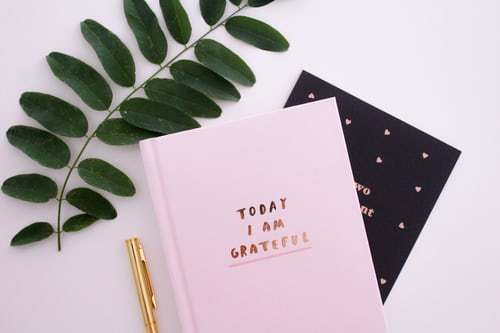
There are many other types of journals; these are just a few big ones. And if none of that grabs you, you can keep what I call a diary of anything, which is exactly what it sounds like. There are no rules, no expectations and no daily requirements. Write absolutely anything you want!
Choose a newspaper
Now that you’ve decided on the type of journal that piques your interest, you can start the fun part. If you’re like me, the physical journal is crucial and can make or break a journaling experience. Find something you’ll be happy to write about. You can find unique journals just about anywhere, but I would recommend Amazon or Etsy. And if buying a brand new journal isn’t realistic, you can use an old-school notebook and make it even more special. Some of my favorite journals are $1 notebooks that I decorate with stickers.
For those of you who are more organized or want to try different types of journaling at the same time, you might want more than one. I’ve also discovered that the thing you write with — a shiny gel pen, a blue ballpoint pen, or even just a yellow number two pencil — is equally important. If journaling is going to be an aesthetic hobby, it has to live up to it!
Of course, these materials really question. But journaling should be a fun experience, and often cute journals and pens can add to that fun. The logging should also be what you want it to be and fully customized for you. The center of this practice is you, and that’s probably the most important thing to remember when you start your journal.
find a place
Space is important. You will want a quiet environment where you can express your best thoughts; distracted journaling will probably just be more stressful. It also helps to have a clean space. Journaling is a cleaning escape that works best when your space is equally clean.
Also, keep your journal separate from your homework. You may have heard that it’s best not to do homework in bed, so your brain doesn’t start associating this space with stress and work. The same is true for logging. If that just means keeping a journal in a different space than where you typically do your homework, so be it. Keeping a journal isn’t a chore, so don’t make it one by giving it the same space, time, and value as homework.
Take time
Then set aside space and time to keep a journal. Even just five minutes will be beneficial. My favorite time to journal is right before bed, but that’s up to you. You may even want to make time during the day to stop and regroup, especially when things are stressful. For this, I like to bring my diary with me to school. This way I can quickly jot down anything during the day when my creative juices are at their peak. You can also journal in the morning if you’re more interested in the forward-thinking approach. It’s good for setting goals and establishing affirmations to start your day on a high.

Once you have a journaling method, a physical journal, and the time and space to do it, you’ll be good to go. Be sure to check out the myriad of resources available with more tips and ideas. But remember not to get overwhelmed. There’s no right way to journal, so don’t feel like you have to follow a rigid schedule or someone else’s journaling ritual. And don’t set yourself too many rules. Journaling is only useful if you enjoy it, so have fun with it.


